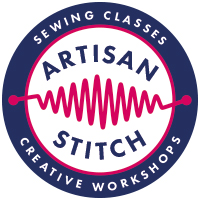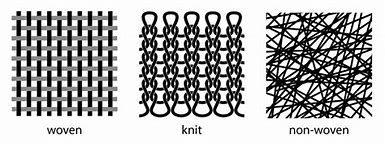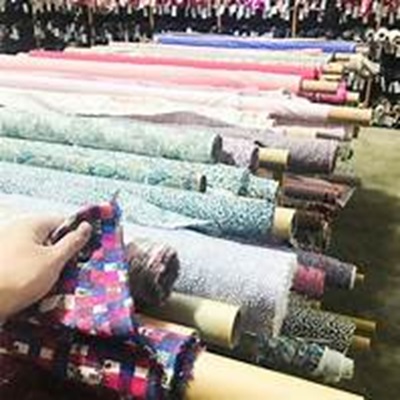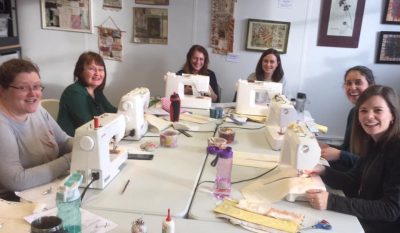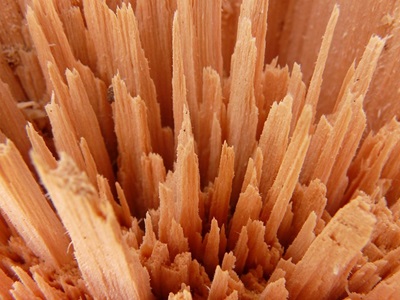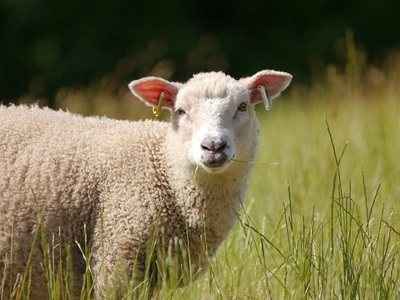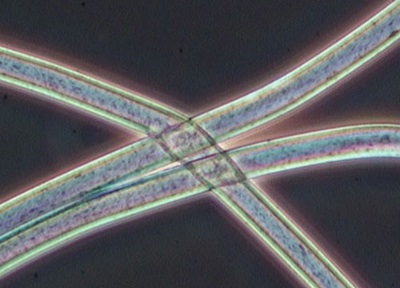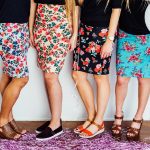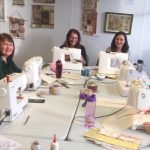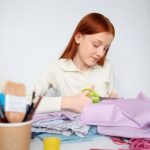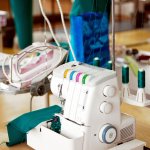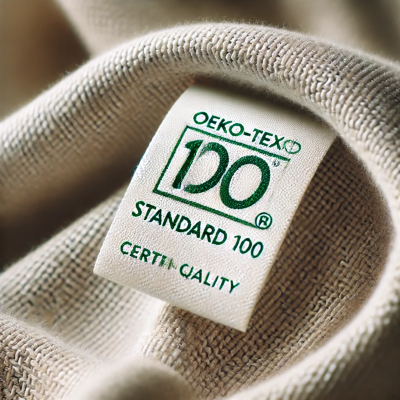
The OEKO-TEX® Rating System
If you’ve ever shopped for fabric or textile products, you may have come across the term OEKO-TEX® on labels or product descriptions. But what does it actually mean? And why should you care?
With growing concerns over harmful chemicals in textiles and the impact of fabric production on our health and the environment, certifications like OEKO-TEX® help consumers make more informed, responsible choices.
In this blog, I’ll explain the OEKO-TEX® rating system in simple terms, so you know what to look for when buying fabric—whether for dressmaking, home décor, or any other sewing projects.
